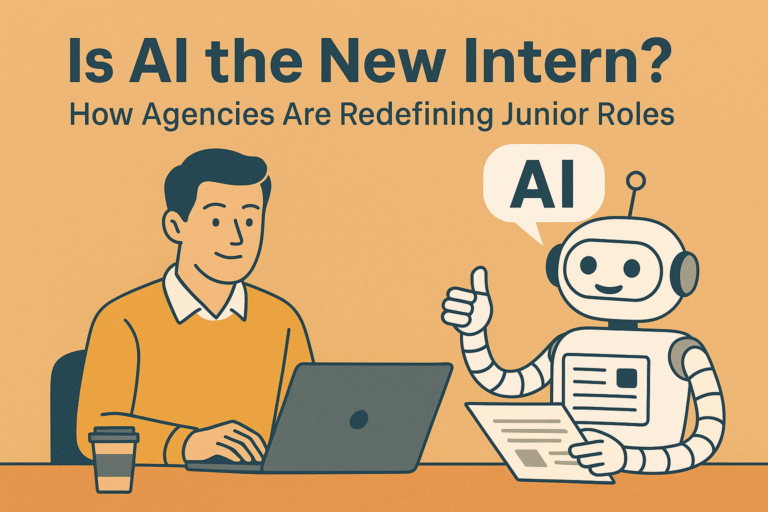
3. What Makes It Work: The Neuroscience Layer
The true power of GenAI neuro-marketing lies in its ability to tap into subconscious behavior. While surveys and clicks are post-rationalized, tools like Galvanic Skin Response sensors and EEG headsets give real-time insight into what people feel, not just what they say.
Brands Leading the Way:
- Microsoft ran emotion tests during product naming phases to gauge subconscious bias.
- Coca-Cola has tested emotional resonance of jingle variants using neural feedback in focus groups.
Tools to Try:
- Neurons Predict: Predicts customer attention from images alone
- CoolTool: Affordable entry-level neuromarketing with webcam-based testing
4. Ethical Considerations in Predictive Emotion Testing
While it’s tempting to chase perfect predictability, consent and transparency are critical. The line between “data-driven” and “emotionally manipulative” is thin.
- Always disclose biometric tracking in tests.
- Use anonymized data and avoid profiling individuals.
5. The Future: Campaigns That Self-Adapt in Real Time
We’re heading toward a future where campaigns adapt based on real-time consumer emotion—think Netflix thumbnails that change based on your facial expression or email subject lines that rewrite based on past mood markers.
Companies like Amazon and Meta are already investing heavily in this space. If you’re a marketer, now is the time to explore how GenAI neuro-marketing can offer you an edge in a saturated digital world.


